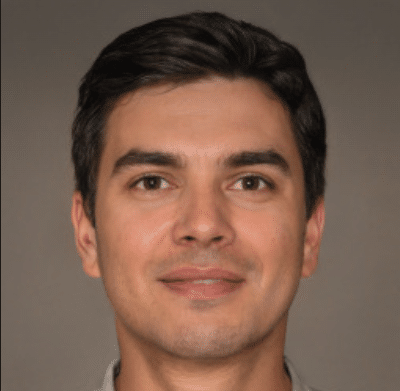Creating a welcoming environment in school canteens goes beyond decorating the space or ensuring cleanliness. Inclusivity in dining experiences is vital, as students come from diverse cultural, dietary, and socio-economic backgrounds. Implementing smart menu planning can help schools serve a greater variety of needs, ensuring every student feels included and valued. Below, we explore how thoughtful planning can foster inclusivity in school cafeterias.
Understanding the Need for Inclusivity in School Menus
Schools are microcosms of society, representing students from various cultural, religious, and socio-economic backgrounds. The food served in school cafeterias is essential in creating a sense of belonging. For example, some students may follow vegetarian, vegan, or gluten-free diets due to health or ethical reasons. Others may need meals that align with their religious practices or be mindful of food allergies.
Excluding certain dietary preferences or needs can unintentionally alienate students, affecting their comfort and focus at school. Inclusive menu planning benefits students’ physical well-being and builds a more harmonious and equitable school environment.
Steps to Achieve Inclusive Menu Planning
1. Assess the Needs of the School Community
The first step to an inclusive menu is understanding the diversity of your school population. Conduct surveys or group discussions with students, parents, and staff to gather information on dietary preferences and restrictions. These insights will help identify key focus areas, such as allergen-free meals, culturally appropriate dishes, or budget-friendly options.
2. Prioritize Transparency in Food Preparation
Transparency about ingredients is essential, especially for students with allergies or dietary restrictions. Displaying clear labels for each dish or meal can eliminate confusion and reduce health risks. Ingredients like nuts, gluten, or dairy should be called out to ensure everyone can make informed choices.
Staff training is equally important. Adequately trained staff who understand dietary requirements can help enforce food safety protocols, reassure concerned parents, and accommodate specific needs effectively.
3. Offer Diverse and Flexible Menu Options
A one-size-fits-all menu rarely meets the varied needs of a diverse student population. Instead, schools should offer a wider range of options that reflect the cultural and dietary diversity within the community. This could include:
- Plant-based meals for vegans and vegetarians
- Halal or kosher options for students following religious guidelines
- Gluten- or dairy-free dishes for students with intolerances
Flexibility should also extend to portion sizes and pricing to accommodate students from different socio-economic backgrounds.
4. Incorporate Local and Seasonal Ingredients
Using locally sourced and seasonal ingredients has multiple benefits. It reduces the overall cost of meal production, supports local producers, and fosters sustainability. Inclusivity can be expanded by highlighting traditional local dishes that resonate with the community’s cultural identity, ensuring students feel connected to their roots.
5. Balance Nutrition with Taste
Inclusive meals should still meet nutritional standards while maintaining flavor appeal. Engage students in taste-testing programs to collect feedback and tweak recipes to fit their palates. This ensures that all options remain nutritious and enjoyable, avoiding waste due to unappealing meals.
The Role of Schools in Collaborating with Experts
Smart menu planning often requires collaboration. Schools can work with dieticians, cultural consultants, and food safety experts to create menus that meet diverse needs. This is particularly important in specialized education environments, like a charter school food service, where individualized approaches might be more common.
Partnering with families and community organizations can also provide valuable insights and resources. Community-based input ensures that the menu reflects a broader spectrum of cultural preferences, making every student feel recognized.
Overcoming Constraints and Challenges
While striving for inclusivity, schools may face challenges such as budget limitations, supply chain availability, or a lack of skilled workforce. However, these barriers can be addressed through creative solutions like:
- Applying for grants to subsidize meal programs
- Building partnerships with local farms for cost-effective sourcing
- Training existing staff through professional development programs focused on dietary inclusivity
By adopting innovative strategies, schools can ensure inclusivity without overburdening their resources.
Championing a Culture of Inclusivity
Smart menu planning is about more than the food on the plate; it reflects the school’s commitment to inclusion and diversity. Promoting an inclusive canteen culture can extend beyond menus. Schools can:
- Host cultural food events to celebrate diversity
- Educate students about different dietary needs to foster empathy
- Encourage student input in menu planning and feedback
These practices instill respect for diversity and inclusivity as lifelong values.
Conclusion
Promoting inclusivity in school canteens is both a responsibility and an opportunity. Through thoughtful, smart menu planning, schools can address diverse dietary needs, enhance cultural representation, and create a dining environment where every student feels recognized. Inclusivity in school meals sends a powerful message—that every student matters inside and outside the classroom.

Markmalte is an experienced writer for The Celebrity Niche, specializing in celebrity stories. With a keen eye for detail, he brings the latest updates on celebrity relationships, biographies, and news to his readers.







